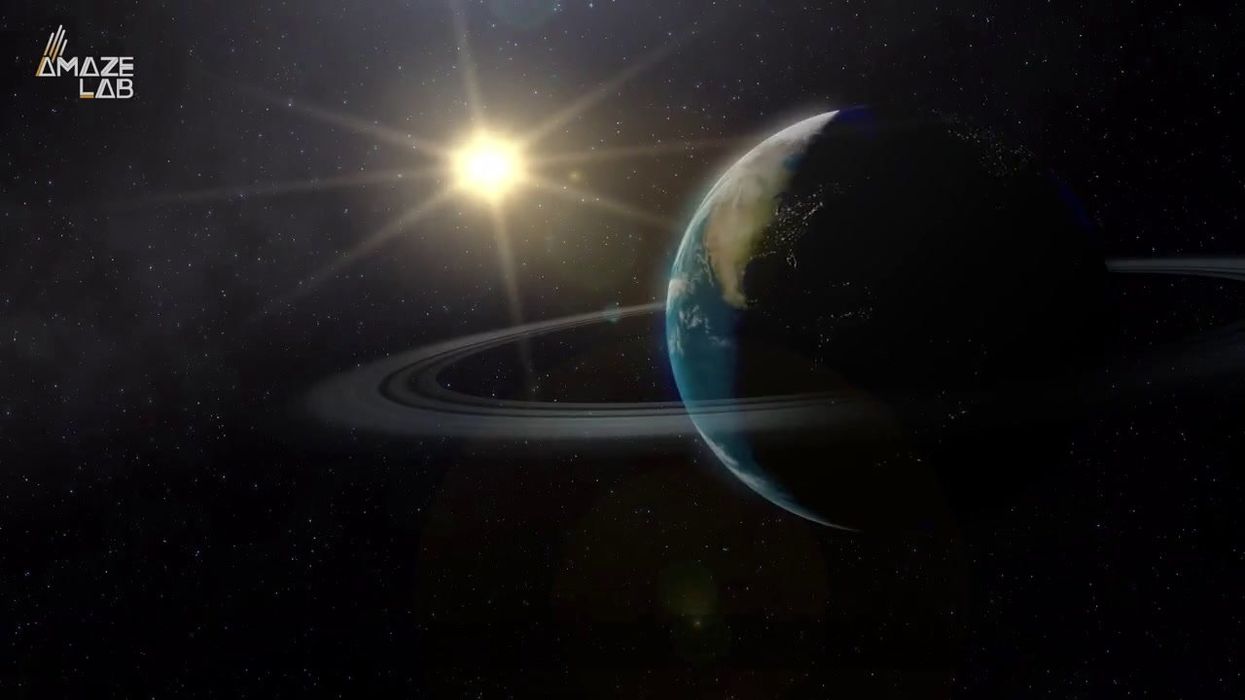Harry Fletcher
Apr 24, 2023
Would We Be Able To Survive If We Had Rings Around Earth …
content.jwplatform.com
It feels like there’s been a mind-blowing science story coming our way every other day in 2023.
The emergence of new artificial intelligence, asteroids narrowly passing by our planet and the search for alien life.
However, it’s the stories a little closer to home which have captured our interest the most.
Sign up to our new free Indy100 weekly newsletter
It feels like we’re discovering more about Earth and the natural world than ever before and we’ve had our perceptions of the world around us changed more than once in 2023.
These are the 6 most mind-blowing facts about the Earth you probably didn’t know that have emerged so far this year.
Massive ocean discovered beneath the Earth's crust
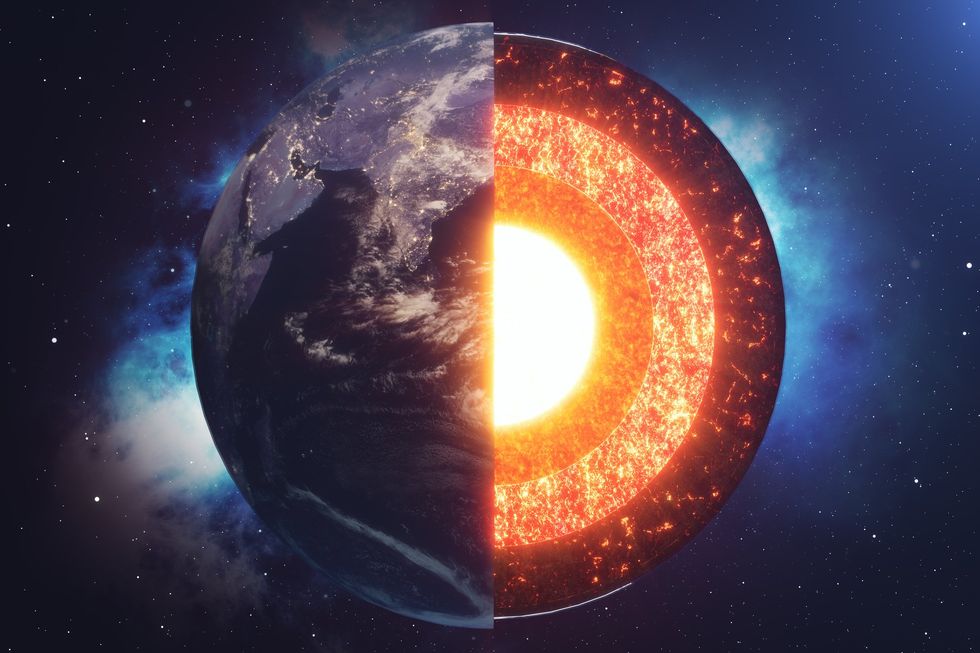
Did you know there’s more water buried beneath the Earth’s crust than there is in all the oceans on the surface?
It turns out there’s a huge supply of water 400 miles underground stored in rock known as 'ringwoodite'. Scientists previously discovered that water is stored inside mantle rock in a sponge-like state, which isn’t a liquid, solid or a gas, but instead a fourth state.
Scientists made the findings at the time after studying earthquakes and discovering that seismometers were picking up shockwaves under the surface of the Earth.
From that, they were able to establish that the water was being held in the rock known as ringwoodite.
If the rock contained just 1 per cent water, it would mean that there is three times more water under the surface of the Earth than there is in the oceans on the surface.
A missing continent has been discovered after 375 years
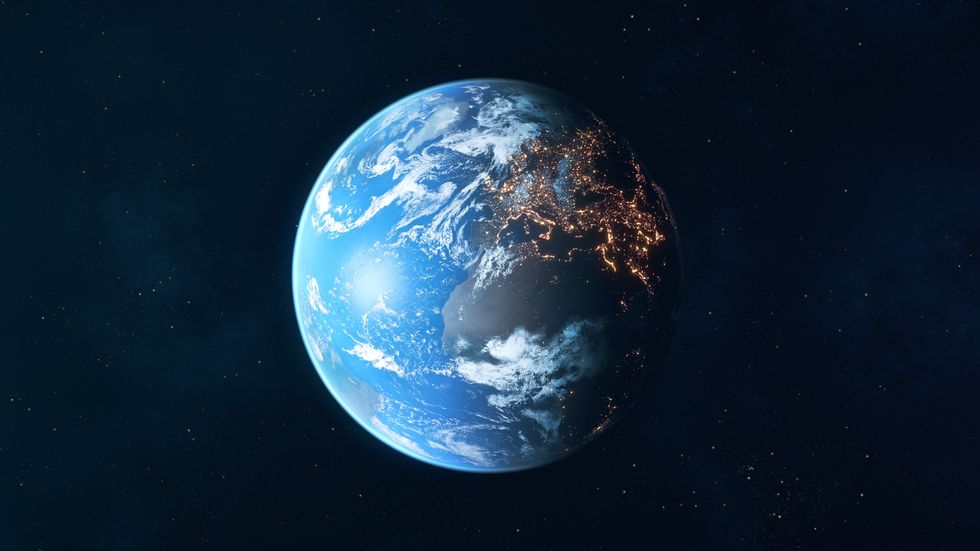
Geoscientists have only now discovered a missing continent that had been hiding in plain sight for almost 375 years.
Historically, there's been speculation about whether a continent known as Zealandia or Te Riu-a-Māui in the Māori language actually exists.
According to TN News, Zealandia is 1.89 million square miles in size. It was part of a supercontinent called Gondwana, which included most of Western Antarctica and Eastern Australia, over 500 million years ago.
It was first said to be first discovered in 1642 by Dutch businessman and sailor Abel Tasman, who was desperate to uncover the "Great Southern Continent". It wasn't until 2017 that geologists discovered the continent had been hiding in plain sight all along.
Scientists agreed on the existence of Zealandia, which started to "pull away" from Gondwana for reasons scientists are still trying to understand.
Most of the newfound continent is underwater and has been used as an example by geologists at the Zealand Crown Research Institute GNS Science on how something "very obvious" can take a while to uncover.
‘Bleeding waterfalls’ in the Arctic
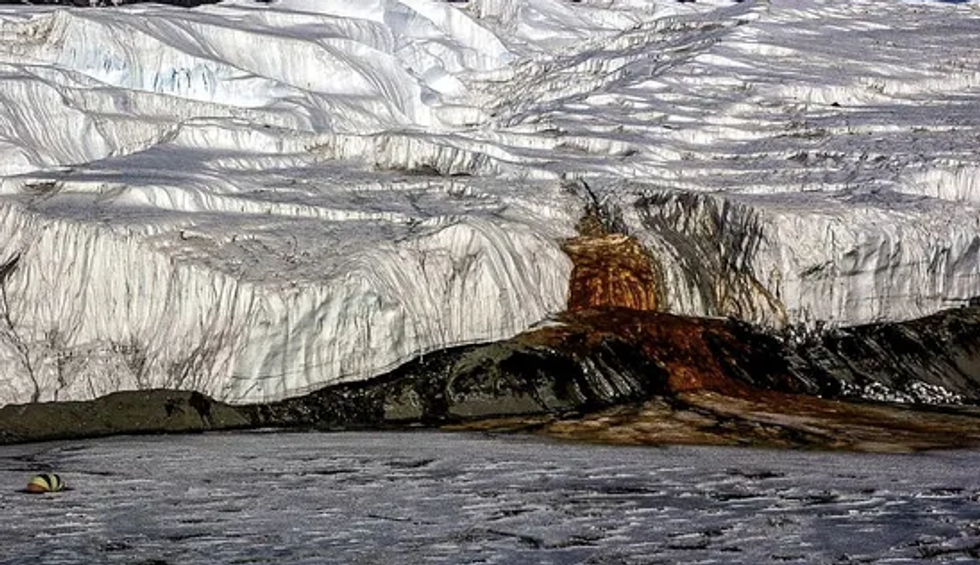
The mystery of the 'bleeding waterfall' in the artic has fascinated the scientific community for decades, and the truth has been recirculating online this year.
For the uninitiated, Blood Falls is a bizarre geographical feature in the McMurdo Dry Valleys region of the continent. As the name suggests, a flow of water, the colour of blood that can be seen seeping out from a glacier into the ocean.
It’s a striking feature against the white landscape, and it’s been intriguing observers since its discovery by geologist Thomas Griffith Taylor in 1911.
Initially, its discoverer Taylor believed that it could be down to red algae content in the water. It was one of the many theories posited about the true nature of Blood Falls, none of which were particularly persuasive.
It wasn’t just the colour of the water that left people baffled, either. The average temperature in the area is almost -19 degrees Celcius – so the fact that the water was running and not frozen solid was just as surprising.
However, the truth was finally revealed in 2003, when researchers at the University of Alaska Fairbanks including National Geographic explorer Erin C Pettit put forward the definitive answer.
They found through the use of radio-echo technology that the running water has an extremely high salt content, which is double the levels they saw in seawater in the area. The high salt content pushes up the water’s freezing point, which explains why it’s still liquid at such cold temperatures.
There’s a huge dent in the Earth's magnetic field
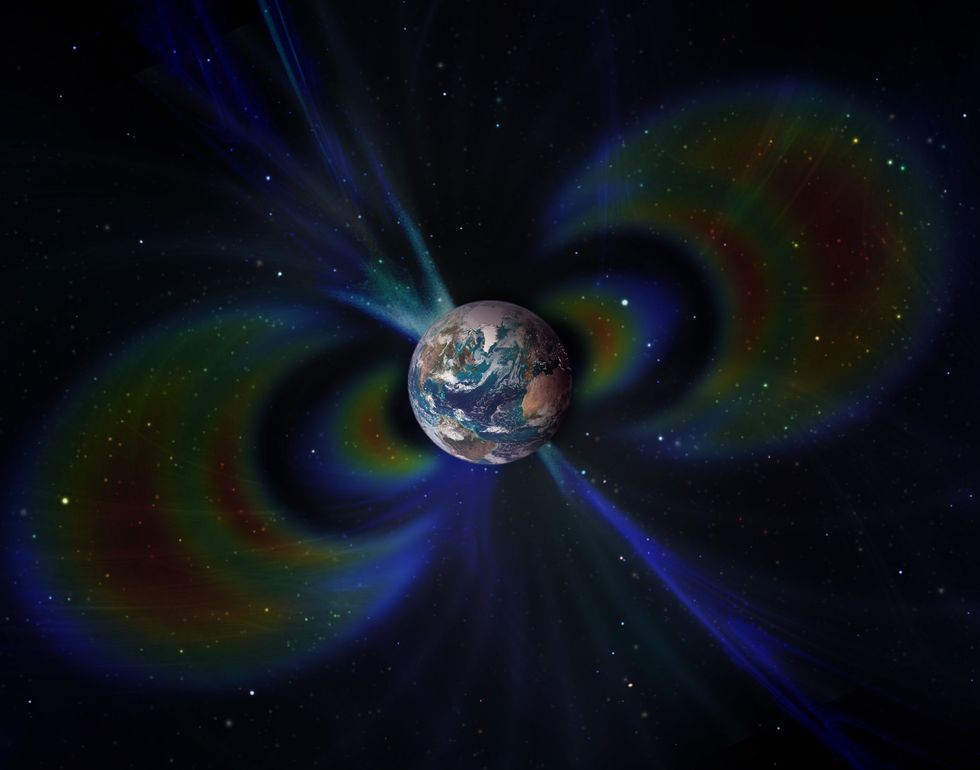
There’s a pretty hefty dent in the Earth's magnetic field and it’s giving scientists cause for concern.
The Earth’s magnetic field is vital for protecting the planet from the Sun’s rays, but an area of weakness in the field has been detected which is making experts nervous.
The weak area is a region called the South Atlantic Anomaly and it’s been studied by NASA over recent years. According to ScienceAlert, the area in the field between South America and Africa is being described as a “pothole in space”.
While the region doesn’t post an immediate threat to life, it could have a big impact on man-made structures in our orbit.
It means that spacecraft and satellites which stay in the Earth’s magnetic field as they orbit the planet could face technical difficulties as the protection from the sun’s rays is reduced. Exposure in this way could lead to critical damage in the long term.
The ancient formation wrapped around Earth's core
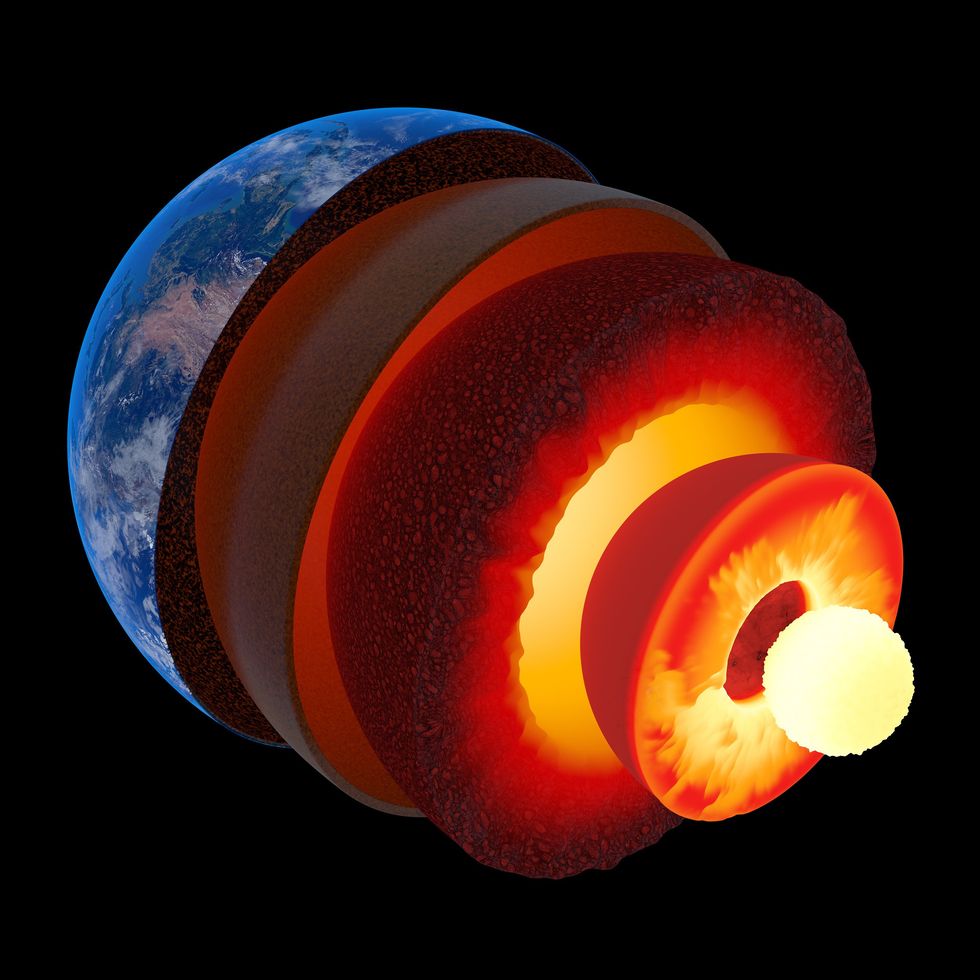
Another study which emerged this year takes a similarly in-depth look at the geology beneath our feet, and it turns out there’s an entire buried ancient formation that has only just been noticed by scientists.
The new research, published in Science Advances, has found evidence that an entire ocean floor actually runs the length around the core.
This is a relatively thin layer that sits on the core-mantle boundary around 1,800 miles beneath the surface of the Earth. It's an ancient formation that could provide more insight into the structure of the planet beneath our feet.
Geologist Samantha Hansen and her colleagues from the University of Alabama led the research. They observed the structure by using 15 monitoring stations under the ice of Antarctica, mapping the waves from earthquakes.
Have your say in our news democracy. Click the upvote icon at the top of the page to help raise this article through the indy100 rankings.
Top 100
The Conversation (0)
